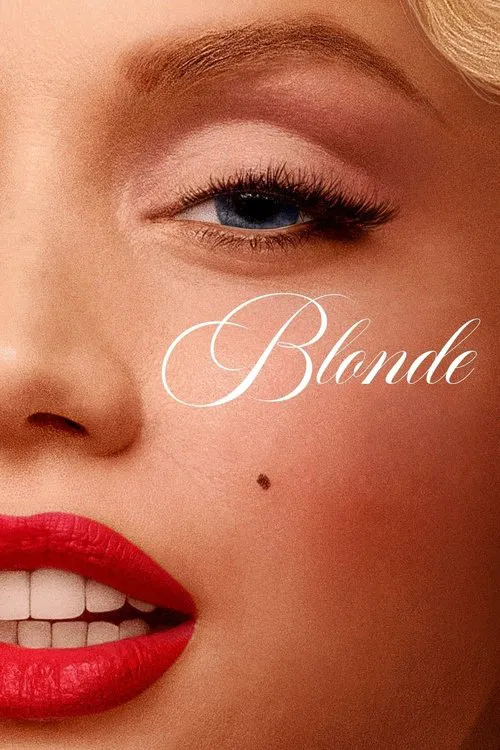Blonde

Plot
Blonde follows the journey of Marilyn Monroe, born Norma Jeane, as she rises from a tumultuous childhood marked by suffering and abandonment, to become one of the most iconic sex symbols of the silver screen in 1950s Hollywood. The film, directed by Andrew Dominik, invites the audience to witness the unflinching and often brutal realities of Norma Jeane's early life, amidst the façade of glamorous Hollywood and the carefully constructed mask of Marilyn Monroe. As a child, Norma Jeane is shown to be a free-spirited and carefree girl, constantly battling the unyielding grip of various foster homes and the fragmented nature of her family. Shuffled between these disparate settings, she grows increasingly disillusioned, bearing witness to her mother Gladys's escalating mental health, as well as her father's absence and presumed death. These early traumatic experiences forge a sense of isolation that defines Norma Jeane for years to come. One of the pivotal figures in Norma Jeane's life is her third husband, playwright Arthur Miller. Although their relationship is marked by intense intensity and mutual longing, the strain is exacerbated by the crushing demands of Norma's studio and show business, alongside the claustrophobic gossip rife within the society of the '50s. Meanwhile, the enigmatic Marlon Brando becomes an interlude of solace, amidst the storming turmoil engulfing her private life. Throughout her meteoric rise to stardom, Marilyn's glamour and charm captivate Hollywood's powerful players and her legion of devoted fans alike. Yet, beneath this magnificent veneer lie simmering insecurities, manifesting in an outpouring of substance abuse, often seeking escape from the debilitating pressures fuelling her insecurities. Intimate encounters at soirees like Jean-Luc Godard's, marked by witty repartee and mutual passion underscores Marilyn's insatiable desire for connection, even amidst fleeting relationships. The harsh dichotomy between Norma's vulnerability and Marilyn's stage persona is captured by Andrew Dominik through both explicit expressions and quiet restraint - e.g the candid shooting of 'The Misfits', which epitomizes her on-screen character as well as underlining her disillusionment with commercial stardom. At these crossroads within her own body, Norma grapples to uncover the true core of her being even if veiled under all this masquerade. Strategies like hiding physical marks from overindulgence on film shoot days becomes central to the self-impression the public perceives about Marilyn - the delicate line between fragile self and polished stardom looms always. Meanwhile 'The Seven Year Itch' would be her success during her visit in Europe during her trip. The dark twists in Norma's world emerge with her subsequent romantic involvement with and associations to the married men in power in the form of Charlie Chaplin, a famous comedy icon, in the drama, not depicted in the biographical classic - more cruel and unending realities. The strain emanating from her efforts to escape these fangs on both internal and external account from her emotional inner turmoil sets a stage of her struggles. In 1962, a fresh endeavor called 'Something's Got to Give', to be a follow-up to the smash hit musical 'Bus Stop', got to continue the emotional introspection associated with her self-named album 'Glamour, a side that captured her unexplored core - unfortunately short-lived.
Reviews
Recommendations

